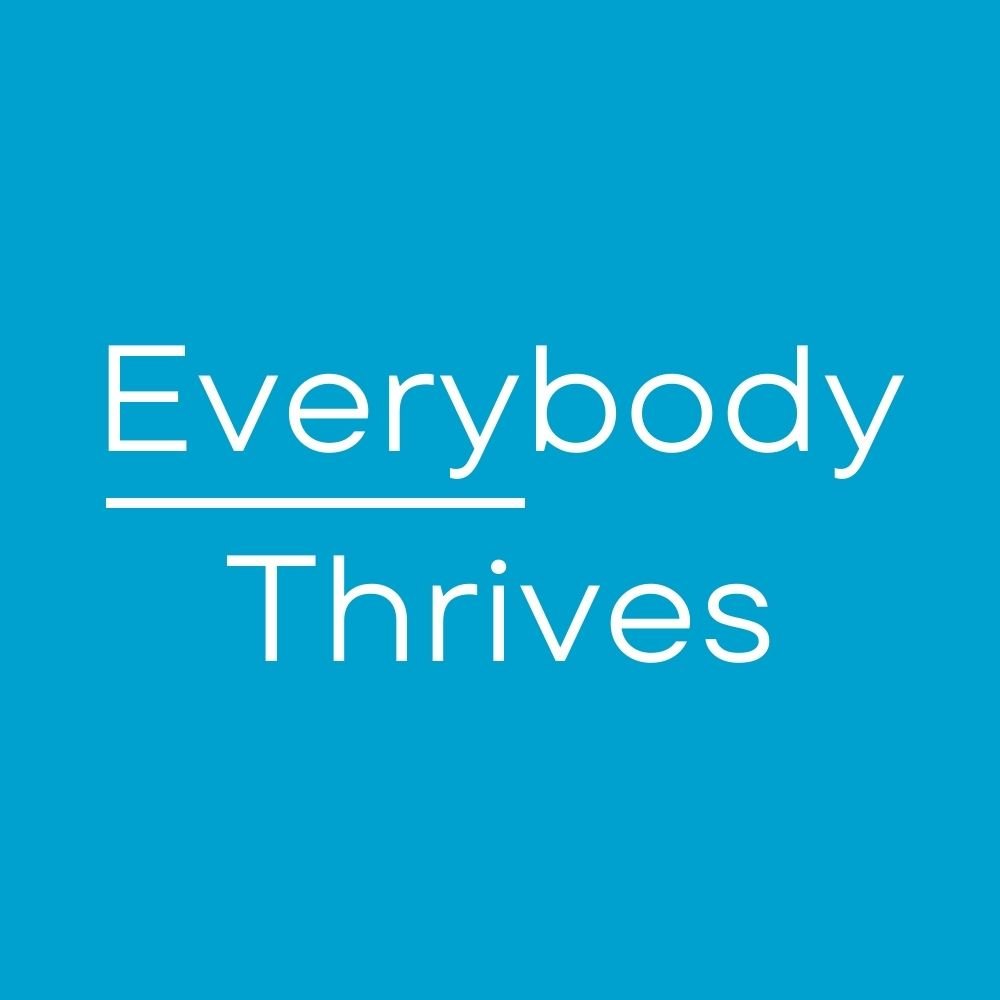You've been asked to give a short talk to get coworkers to sign up or volunteer. People are overworked and under-resourced so you know this is a tall order. You also know although your coworkers may be on the fence, they are good people who want to help. This means what you say can really make a difference. The problem is, you’re running out of time and short on ideas.
One approach would be to “wing it.” A reasonable choice, given the circumstances, but you’d like to leave a little less to chance.
I was recently in this situation and luckily, found the time to prepare and come up with a format that ended up working well. So well that I resolved to use some variation of this presentation in the future for similar scenarios. Light bulb!
That’s when I realized I should make a template. The great thing about a template is it is proven to work so you can spend less time figuring out the structure and more time customizing for the specific audience.
So without further ado, here is my template. It’s just a starting point so feel free to revise and adapt as appropriate. You can also use it to develop your own different, but equally effective template.
Dislclaimer: I don’t presume to think that the specific examples I share below would work for your situation or organization. It’s more about the structure and approach. Please adopt appropriate content and ideas for your own situation.
I hope this helps you deliver the best and most persuasive presentation you can!
getting more volunteers - ezpz template
Opening - Hook ‘em by making a connection
A year ago I was sitting where you are sitting, wondering some of the same things you are wondering…
Engage the audience - Reel them in by making them think with a question (actual or rhetorical)
What’s the biggest and most common barrier for people at work to get more involved in this activity, which is outside your day job?
Note: the answer you are looking for is TIME; let them answer and provide encouraging feedback for any and all answers
Start the persuasive process - Change their perception of the issue
Time, that’s right! But why do we all agree on that? Why is time so important? What is the significance of this time?
Note: let them answer and provide encouraging feedback
The reason we all value time is not for the sake of the time itself, it’s because how we spend our time affects our opportunities. If we are doing x, we are not doing y.
Show them something new - Change their worldview
So if opportunity is the goal, how can we create more opportunities if our time is limited?
You create more opportunities by providing value.
The value you provide while at your desk is crucial, but limited. It’s limited to the people you normally come into contact with, the departments you need to work with, and often a single line of leadership.
Show them a solution - Align what you are proposing with their best interests
One opportunity I was looking for last year was x.
By doing this activity, I discovered numerous opportunities that I otherwise would not have had access to (you can use other people as examples, too):
Example 1, 2, 3, etc…
Close with a call to action - Provide encouragement and remind them of the value of taking action
In closing, I encourage you to join x!
Remember, you create opportunities by providing value.
And in the end, the time pays for itself!
Bonus tip: If this template doesn’t work for you or if the topic of your presentation is totally different, you can accomplish the same thing by finding an example of a talk online that did what you want to do amazingly. Watch it over and over and pull out fundamental ideas to power your presentation. Inspiration and imitation are great forms of flattery!
If you have any questions or comments or have a story of your own, I'd love to hear from you.
Next post next Saturday, 6:30 a.m.









